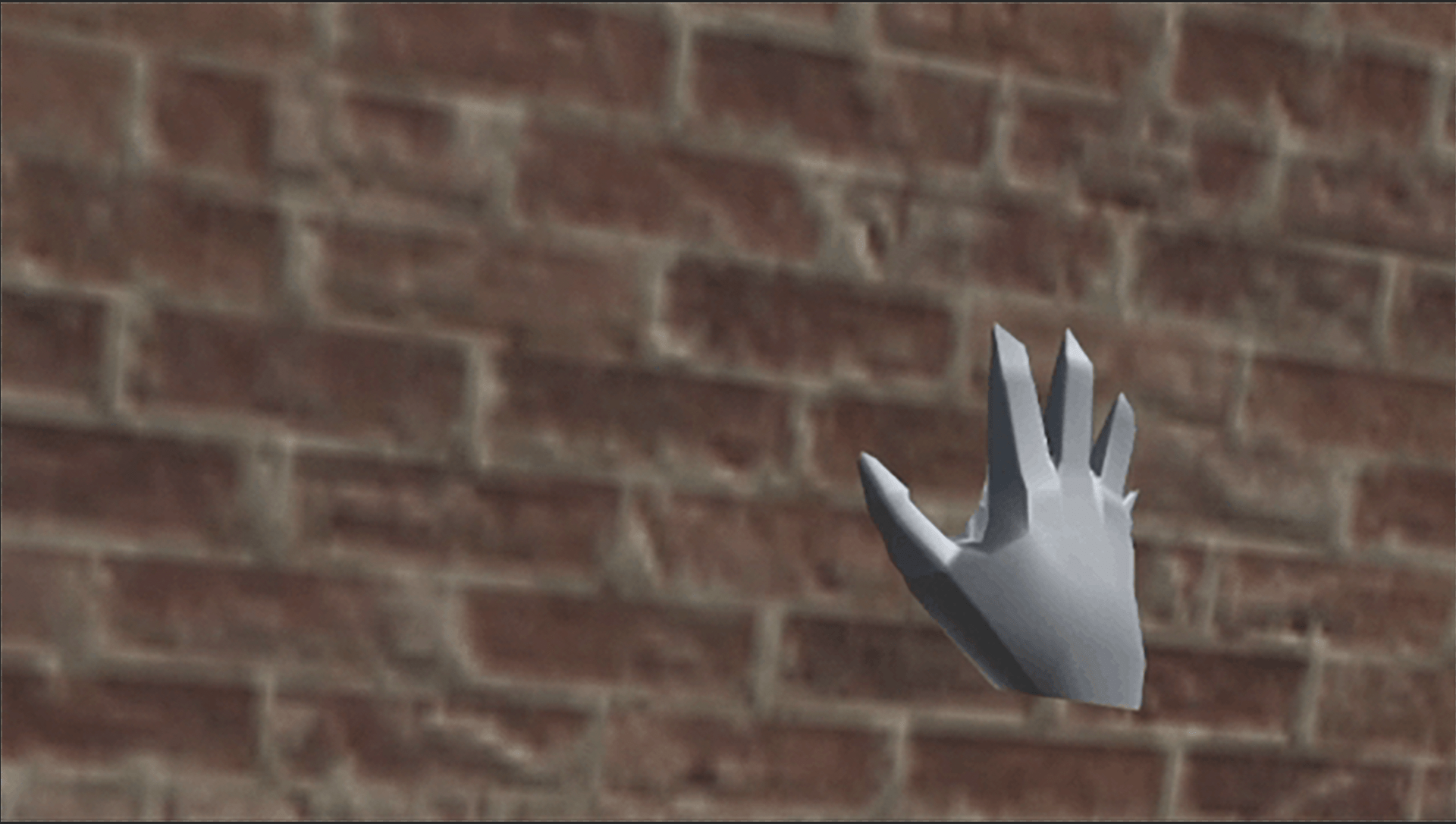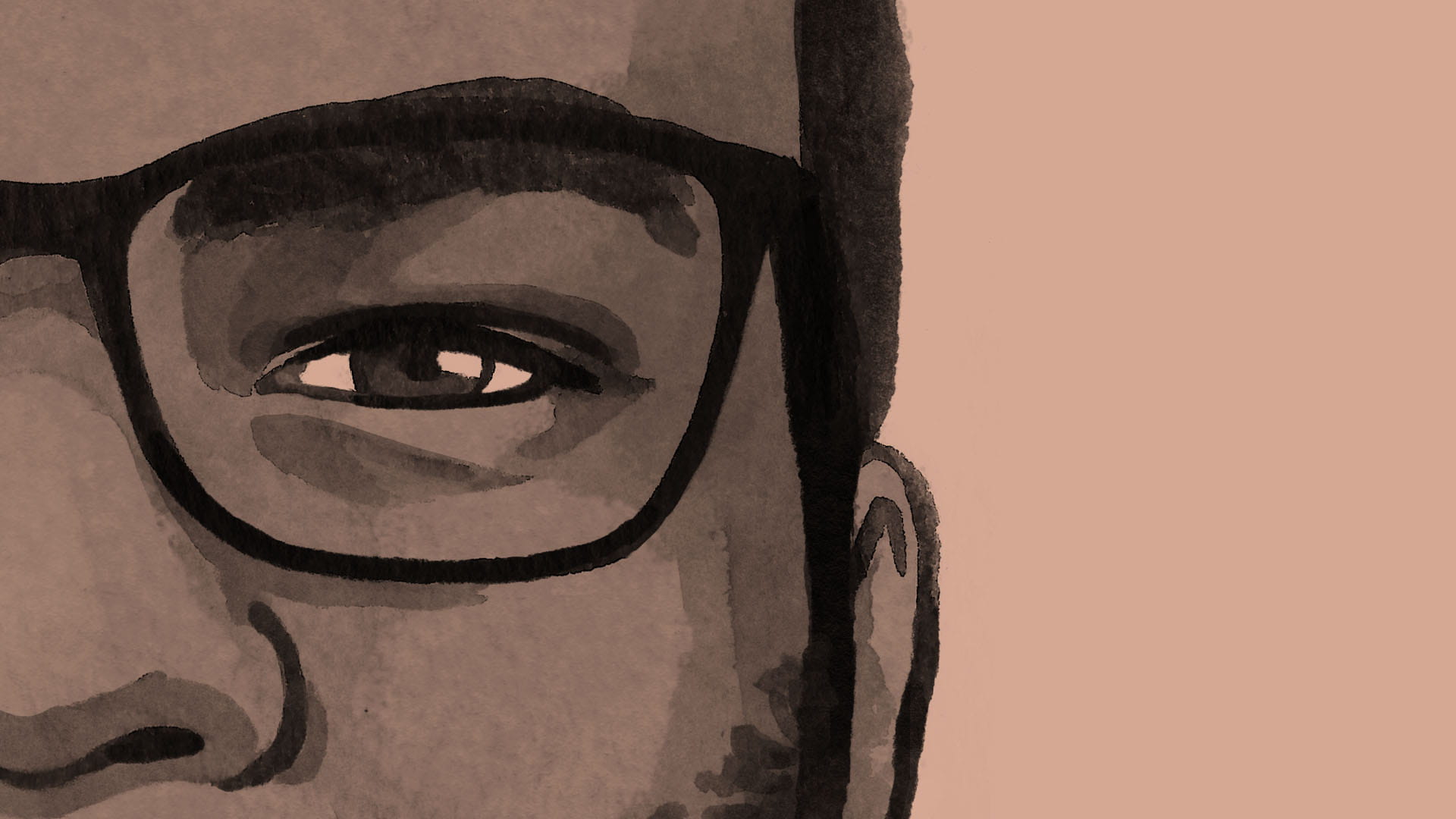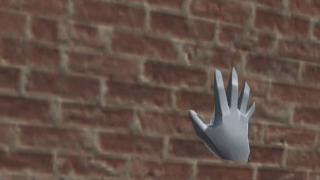In the 1730s, a live entertainment act called the "flying boy" became a big hit in Europe. A young boy would be suspended mid-air by silk cords, and a machine that generated electricity would be placed near his feet. The boy’s body would soon get charged with static electricity, at which point he’d perform various magical feats, such as turning the pages of a book kept under him without touching it, or attracting small pieces of paper to his hands and face. Ladies in the audience would be asked to touch the boy’s nose; their approaching fingers would trigger a big spark, further shocking the audience.
The flying boy was part of a long list of 18th-century amusements – including "jumping monks" and, my favourite, the "electrifying kiss" – based on interactions between the human body and the newly discovered rage: electricity. I’d have remained clueless about this chapter from history had I not chanced upon US cultural historian David Parisi’s sprawling book, The Archaeologies of Touch: Interfacing with Haptics from Electricity to Computing.
Parisi tells a fascinating story spanning over 300 years: how touch influenced the evolution of science and technology, from crude parlour tricks and pseudo "therapies" involving electrical current, to sophisticated VR suits and sex robots.
He also raises some intriguing questions that I, too, have found myself asking over the course of my research on touch. Questions such as: why is the role played by touch largely missing from the historical narrative of human progress? And can technology ever reproduce "the whole range of wondrous haptic sensations – rain pounding against the skin, wind on the face, the embrace of a distant or lost loved one", as Parisi writes, that are effortless in real life?
1700s: electric beginnings
With his long-haired rockstar looks, Parisi wouldn’t be out of place on a stage himself. He tells me that he became interested in the workings of touch partly because of a family tragedy – an accident 30 years ago that left his sister paralysed from the waist down.
He saw her condition as a "problem of information transmission" – the severing of a vital data channel between the brain and body – and started searching for answers in science.
Explorations of tactility really burst onto the mainstream with the arrival of electricity
"I had a naive hope that science would have some solutions," he says, "but as I grew older, I had the frustrating realisation that it doesn’t." Nevertheless, during his PhD at New York University’s media and communications department, and later while writing his book, he discovered a rich, centuries-old body of scientific knowledge organised around touch.
"The body was really important in the western scientific empiricism of the 1700s," he says. Many scientific experiments of the time were focused on capturing tactile experience. For instance, subjects would be exposed to artificially induced stimuli and asked to carefully observe and vocalise what they felt. Scientists would compare their findings with the tactile experiences that others before them had recorded.
Explorations of tactility really burst onto the mainstream with the arrival of electricity. Simple electrical phenomena, such as attraction and repulsion between charged bodies, or gags such as using electrical current to raise the hair on one’s head, were routinely choreographed to entertain large audiences.
In 1745, Gentleman’s Magazine described electricity as a "new fire which man produced from himself, and which did not descend from heaven".
The essence of those early experiments lives on centuries later, says Parisi. "There is an [echo] of those experiments that consisted of people being subjected to electrical shocks in the little haptic pings that you get when there is a vibration in your wearable device."
1800s-mid-1900s: ‘therapeutic’ use of touch
In the 1800s, the fascination with the impact of electricity on the human body spilled over into an adjacent area: healthcare.
"Using electricity as therapy became a highly developed industry, but it was total quackery," explains Parisi. "You had ‘therapists’ saying: ‘Now I am passing electricity through your body, can you feel it?’ And gullible patients would go ‘yes!’, taking the sensation they felt on their skin as proof of healing."
‘Using electricity as therapy became a highly developed industry, but it was total quackery’
Over roughly the next century, electricity was projected as a tool to recharge the body’s depleted energies and mental battery. "After initially being used in the early 1800s to treat physiological ailments, by the end of the century, it was used more generally to replenish the body’s depleted nervous and mental energies," Parisi adds.
All these "medical" applications would collapse in the 1930s into the most controversial form of treatment involving electricity: electroconvulsive therapy (ECT). Colloquially dubbed "shock treatment", ECT continues to bitterly split opinion about its claimed efficacy and alleged dangers nearly a century since its inception.
Present day: the rise of haptics
The idea that a technologised mutation of touch could become part of everyday life outside the scientist’s laboratory or the psychiatrist’s chamber started taking shape as recently as the 1960s with the advent of touchscreens. Following a series of innovations in the 70s and 80s, the IBM Simon sported the first touchscreen on a cell phone in 1994. It looked like a brick, cost $1,100, and died young.
Given the dizzying progress since, it’s easy to forget that multi-touch feedback became widely accessible in a consumer-tech product only in 2007. That was the year Apple launched the first iPhone, accompanied by both the ecstasy that’s come to characterise any Apple launch ("That sound I just heard was everybody’s head exploding"), as well as brusque put-downs ("Touch screen buttons? BAD idea. This thing will never work").
Just how far have we come in our relationship with the tech-enabled sensation of touch? Far enough that researchers now believe our intense intimacy with the smartphone touchscreen could be "altering" our brain activity; smartphone users show greater brain activity in response to mechanical touch on the thumb, index and middle fingers compared with non-smartphone users. And this appears to be linked to how often we use our touchscreens – the more frequent, the greater the response.
Beyond phones, touch technology is a hotly contested, multibillion-dollar industry. Haptic (from the Greek haptesthai, "to touch") feedback underlies everything from wearable devices to the Teslasuit, which lets you "touch" virtual reality, to Harmony, the world’s most advanced sex robot with customisable physical features, which has triggered an avalanche of complex questions around AI ethics.
‘If I’m the Dalai Lama, I can hug the entire world at once’
Perfecting tactile feedback is a high-stakes game, and not just for geeks or pleasure seekers. Prosthetic devices that mimic the sensation of touch could have a big impact on the lives of millions of amputees. And researchers are excited about a new "smart skin" and "virtual handshakes" that could allow you to touch multiple people at once.
"If I’m the Dalai Lama, I can hug the entire world at once," says Jeremy Bailenson of the Virtual Human Interaction Lab at Stanford University. But, he adds, there’s a sinister side to it: you could potentially "program" the sensation of your own handshake to influence the other person’s perception of you.
Imagine doing that with millions of voters. "It’s a politician’s dream," Bailenson says.
Why touch technology has an uncertain future (despite Covid-19)
All this excitement around touch notwithstanding, Parisi reminds me that the history of science and technology remains a predominantly visual one. The skin might be our largest sense organ, but it is still largely invisible in a predominantly audio-visual culture.
Can VR and advanced haptics "change the sensory ordering" and reestablish the importance of touch? There are concerns that the industry could, in fact, become a victim of its own hype.
"If you read articles on touch technology or watch science-fiction movies, the description of touch is really rich, really detailed, really poetic," Parisi says. "But in the real world, even some of the most complex haptic apparatus offer little more than the sensation of vibration or electricity or air pockets on skin."
The haptics industry is a bit of an "echo chamber" that believes it is perpetually on the cusp of doing big things – but either the technology never quite develops as promised, or there’s no demand for its more zany creations. There’s a larger debate around the impulse among a section of tech creators and the tech press – for instance, when it comes to products meant for people with disabilities – to drum up hype over nifty but ultimately superfluous products, such as wheelchairs that can glide over staircase rails.
"It looks cool, but building ramps is much more effective and costs a lot less," Parisi says.
That last factor – cost – is a real bottleneck in haptics. "You hit a hard limit with the technology," Parisi says. "The motors and actuators are expensive, and they don’t get cheaper if you just buy more of them. So it’s very difficult to drive down costs via mass production."
Could we get to ‘feel’ virtual hugs via our video-calling apps?
Take the Teslasuit. It is an amazing piece of technology, but at this stage, it costs thousands of dollars. What’s the price point at which a lot of people, and not just gamers with deep pockets, would buy something like that? "And if it doesn’t reach a certain level of wide-scale adoption, who will write content or code for it?” notes Parisi. "It will then remain a really expensive toy for a small sliver of the population."
To be sure, many of the more complex haptics devices have pivoted away from gaming to focus on enterprise-level applications. "So the HaptX glove, which initially began as an add-on for VR gaming, pivoted to focus on industrial design and training. Teslasuit made a similar move; the early promo videos promised it would transform gaming, but in their more recent marketing push, they’re focusing on a range of training applications, including physical therapy and sports and industrial training."
Will the crisis of touch in the post-coronavirus world push the touch industry towards wider, more viable applications as we look for surrogates to replace human touch? Handshakes have already been declared a health hazard and rendered nearly extinct. Could we get to "feel" virtual hugs via our video-calling apps?
"I am suspicious that there is a universal crisis of touch," Parisi says. "Touch is laden with power relations, with gender, with race, with the question: who has the right to refuse someone else’s touch? Even in the wake of Covid, many people are relieved to not have to touch. So the fantasy that we can add touch to a video-conferencing tool is a really privileged one."

 About the images
The visuals that accompany this story are from a virtual world where touch still exists. Unlike many virtual reality experiences out there, the users in this world can have realistic physical interactions with larger virtual objects. Wireality is the outcome of a research project by Cathy Fang, who is particularly interested in how technology can facilitate human connections with other people and the world around us.
About the images
The visuals that accompany this story are from a virtual world where touch still exists. Unlike many virtual reality experiences out there, the users in this world can have realistic physical interactions with larger virtual objects. Wireality is the outcome of a research project by Cathy Fang, who is particularly interested in how technology can facilitate human connections with other people and the world around us. The device Fang made attaches spring-loaded cables to your fingers a little like a puppet. The kit works within the VR world to sense when your hand is about to come into contact with a virtual object and then shaping your fingers into relevant position to touch, stroke, slap, fiddle – you name it. The device cost only 35 US dollars to make, and although it’s still an experiment, it could be the start of a simple and accessible way into the world of VR haptics. (Yara van der Velden, image editor)
Dig deeper
 Millions are forced to live without touch. But technology now has a solution
Amputees don’t just lose parts of their anatomy – they lose access to the sensation of touch, which contains a wealth of neurobiological and emotional raw material. A brand-new technology is helping recover it.
Millions are forced to live without touch. But technology now has a solution
Amputees don’t just lose parts of their anatomy – they lose access to the sensation of touch, which contains a wealth of neurobiological and emotional raw material. A brand-new technology is helping recover it.
 What people with disabilities want us to know about touch
August is Spinal Muscular Atrophy (SMA) awareness month. SMA is a genetic disease that affects the motor nerve cells in the spinal cord, hampering the ability to walk, eat, or breathe. It can be lethal in infants. Until recently, I was only vaguely aware of the disease.
What people with disabilities want us to know about touch
August is Spinal Muscular Atrophy (SMA) awareness month. SMA is a genetic disease that affects the motor nerve cells in the spinal cord, hampering the ability to walk, eat, or breathe. It can be lethal in infants. Until recently, I was only vaguely aware of the disease.


